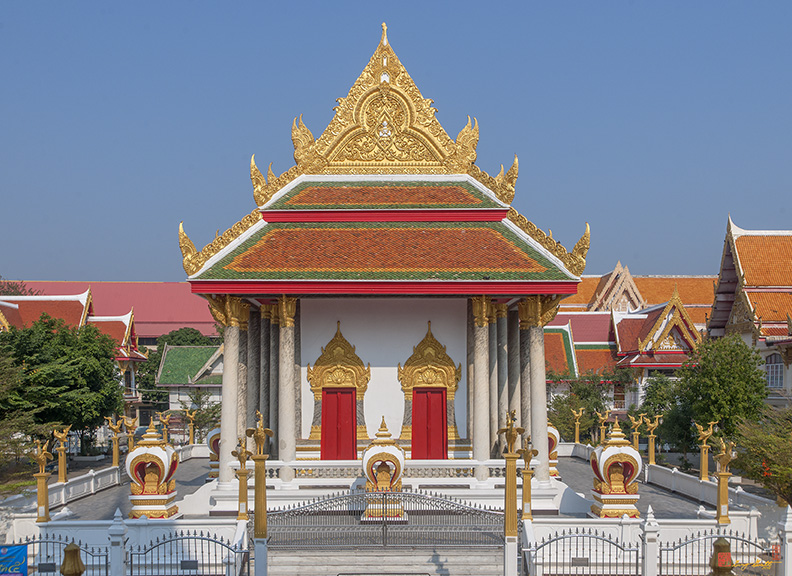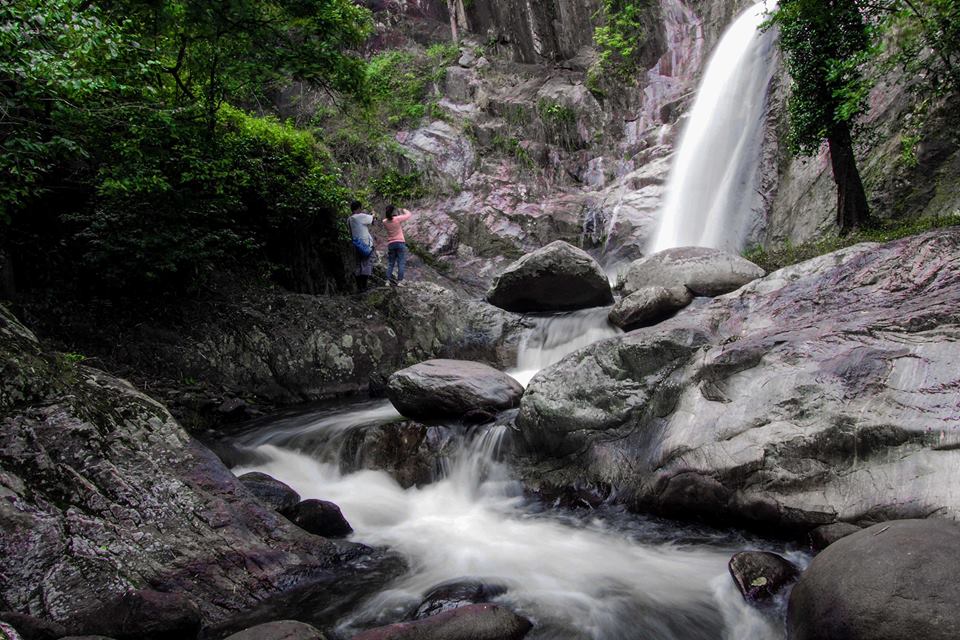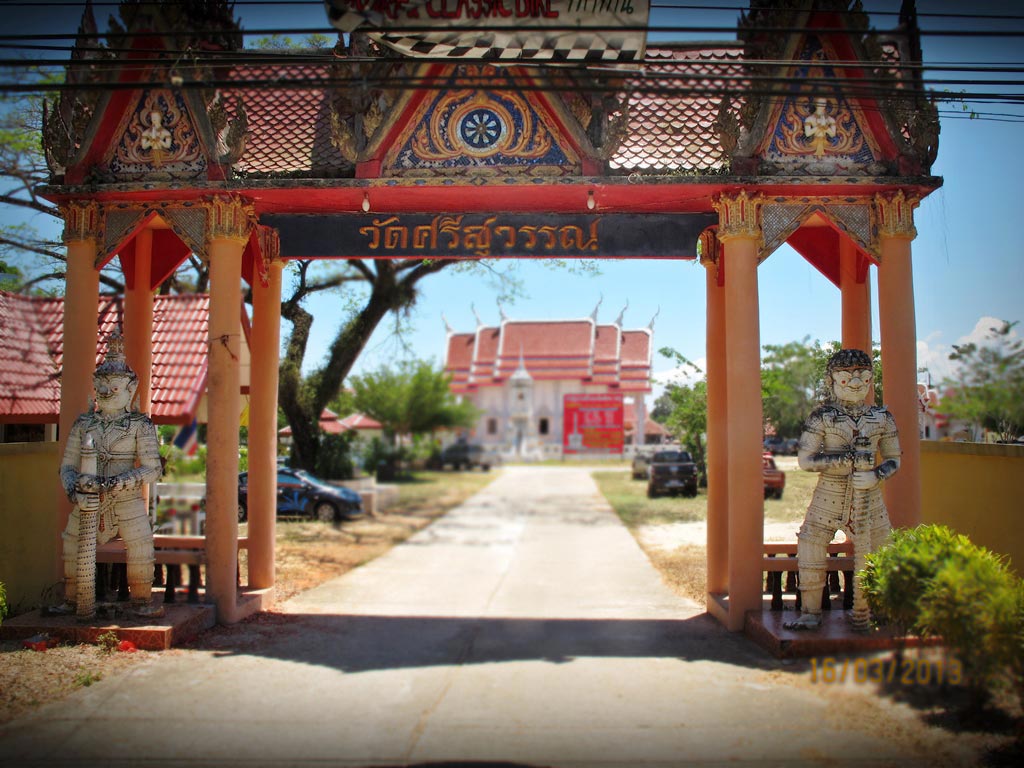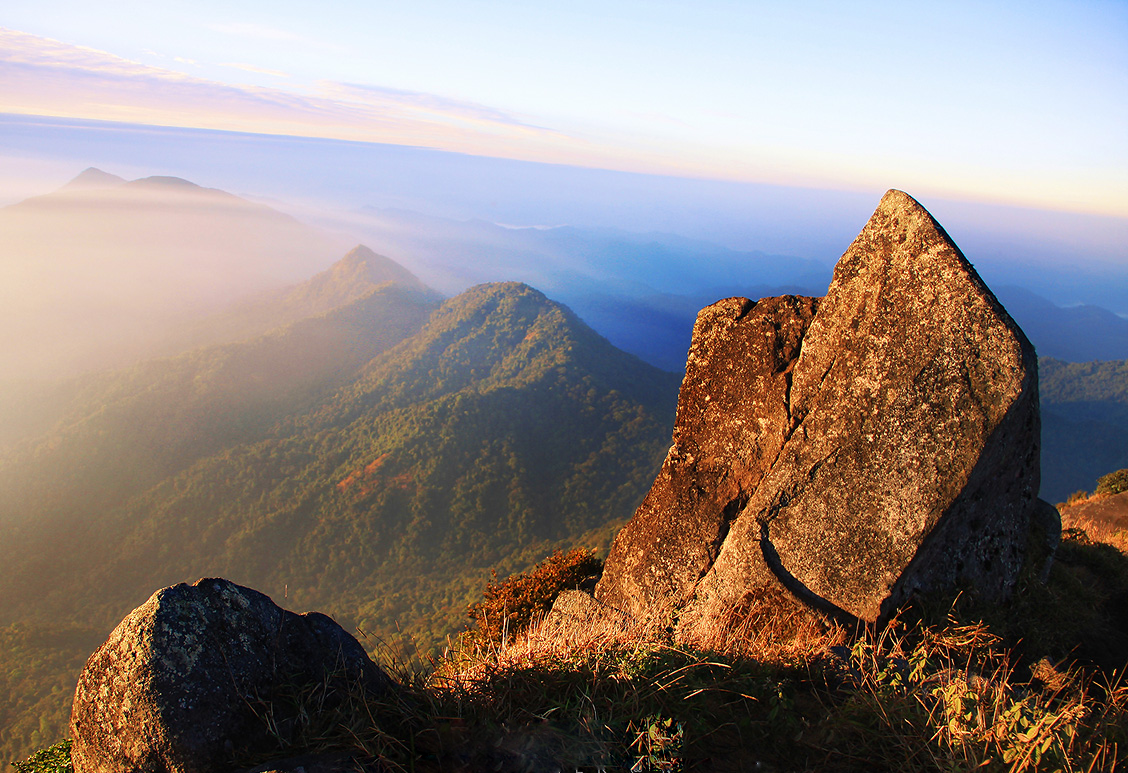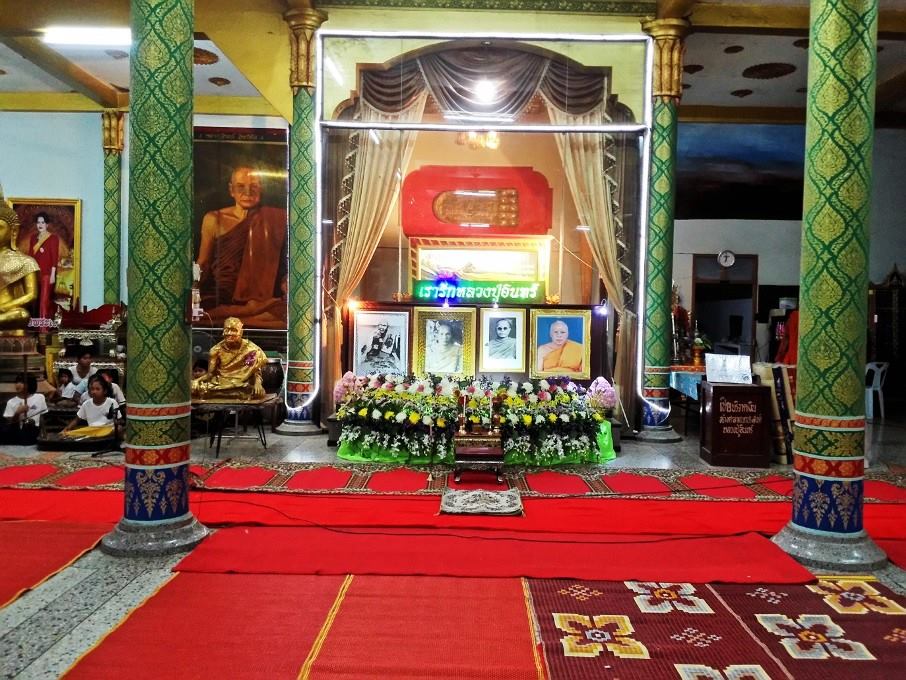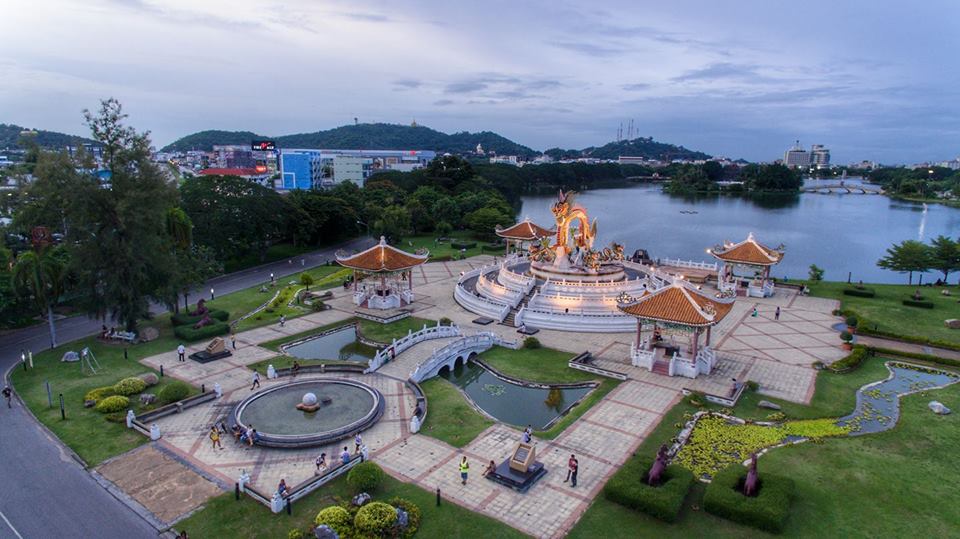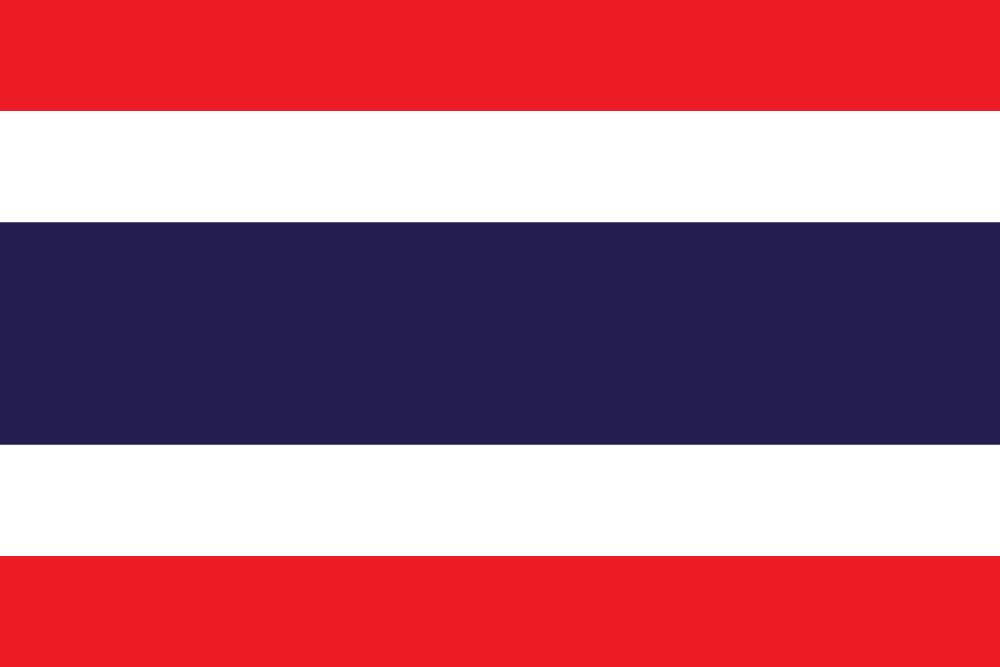 Dong Mae Nang Mueang
Dong Mae Nang Mueang
166 view · 21 Feb 2024
#Thailand#Nakhon Sawan#Banphot Phisai#Attraction
"Dong Mae Nang Mueang" is one of the archaeological importance sites in Nakhon Sawan Province, located between the west of Ping River and the east of Yom River and Nan Rivers. In the junction area of Banphot Phisai Subdistrict, Ta Sang Subdistrict, and Charoen Phon Subdistrict. In Banphot Phisai District is an ancient city in a rectangular shape, size 500 x 600 meters. With a canal originate from Khao Kalon in Khanu Woralak Buri District, Kamphaeng Phet Province flows through the city in the north to Khlong Takhian in the southeast. Then, flow out to the Kriang Krai River or the Choeng Krai River in the past and converge with the Nan River at Chum Saeng District, Nakhon Sawan Province. Therefore, Dong Mae Nang Muang Ancient City is located in the ecological landscape of the Krieng Krai – the late Nan River Basin, where there are rivers, swamps, and mab such as Nong Pla Lai, Mab Makham, Khlong Kod, and Khao Kalon as the main elements. At present, the area of this ancient city's territory is paddy fields alternate with deserted fields and groves. The remains of ancient ruins and artifacts that have been excavated indicate that this ancient city has settled from the late prehistoric times to the Dvaravati and early Lopburi periods, around the 14th - 18th Buddhist centuries. As evidenced by the newly excavated stupa was a pagoda in the Dvaravati period. Under the base of the stupa is not very deep found numerous skeletons buried in a long supine position and lie on your side with knees bent position, which is a prehistoric culture. In addition, statues of Buddha and Phra Pim were found during the late Dvaravati period to the Lopburi period, including Khmer silk, Chinese wares from the Song dynasty, and this area used to found the slate inscriptions written in Indian and Khmer characters. The Fine Arts Department was designated as the 35th main inscription, and stating the name of this city as "Dhanyapura." Furthermore, mentions King Sri Thammasokarat (the 2nd person) graciously ordered the Lord Sunanti of Dhanyapura to devote land, people, animals, labor, and crops to offer to the stupa containing the relics of "Kamrateng Chagatasri Dhammasoka" (the 1st person), who was the Royal father in 1710. It shows that Dhanyapura City or Dong Mae Nang Mueang used to be a city before the 18th Buddhist century, and the upper Chao Phraya Basin has an independent state. Pay respect to Theravada Buddhism as can be seen from the name of King Sri Thammasokrat which is a popular tradition in Theravada Buddhist culture, different from cultivation in the history in which the land of Siam before the 18th Buddhist century was under the rule of the Khmer Empire. The whole city of Dhanyapura is probably related to the city of Chenlifu, which appears in Chinese archives in the 17th-18th Buddhist centuries, as well as ties with many ancient cities found in Nakhon Sawan, such as Mueang Bon (Khao Khok Mai Den) Mueang Lang (Hang Nam Sakhon), Ta Tako City, Paisali City, etc. These cities are grouped together in the Chao Phraya River Basin and the Nan River Basin, including the Krieng Krai River Basin, which is a branch of the Nan River.
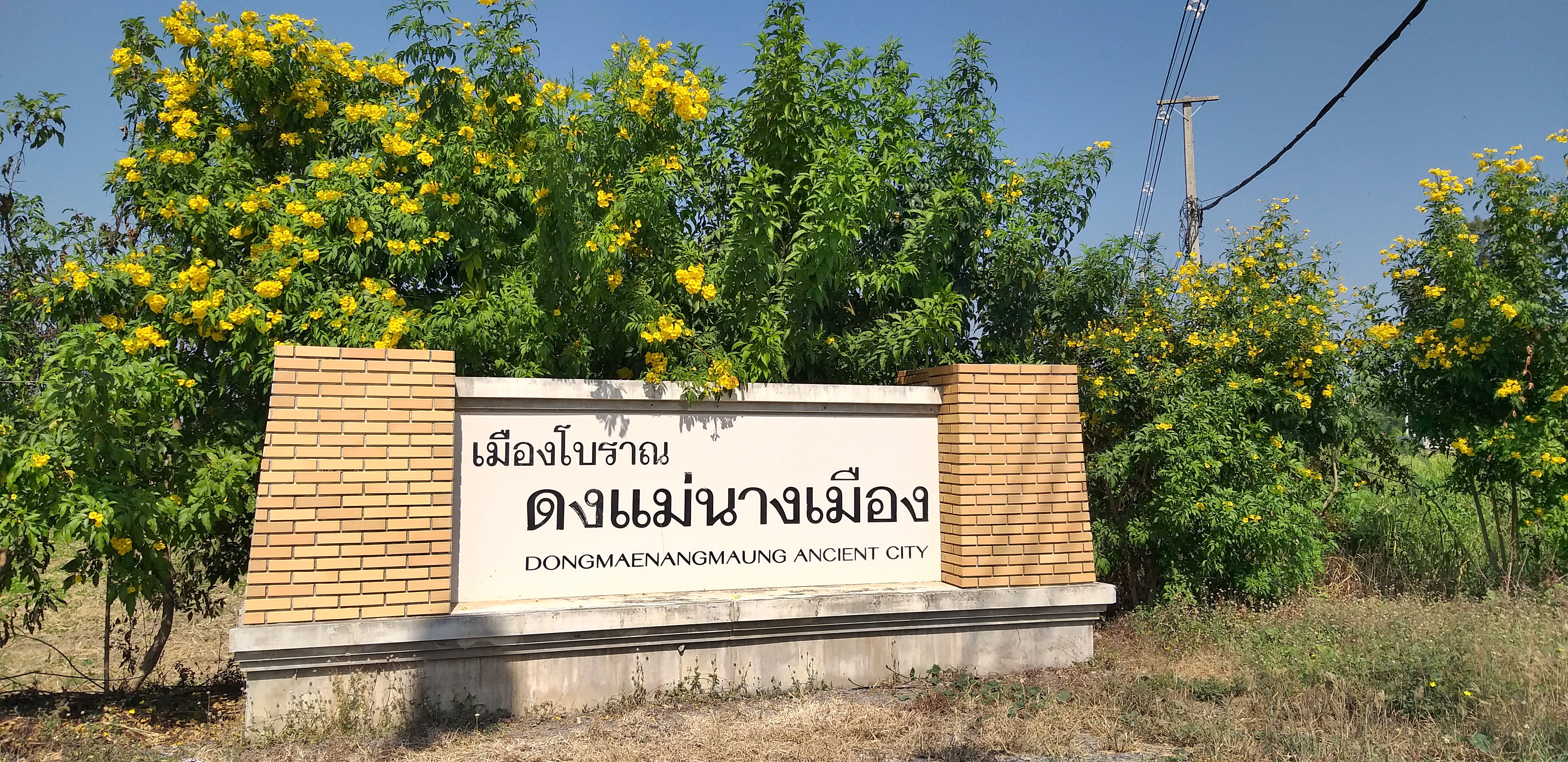
 Routes for place
Routes for place
(Not found)
Other Places...






